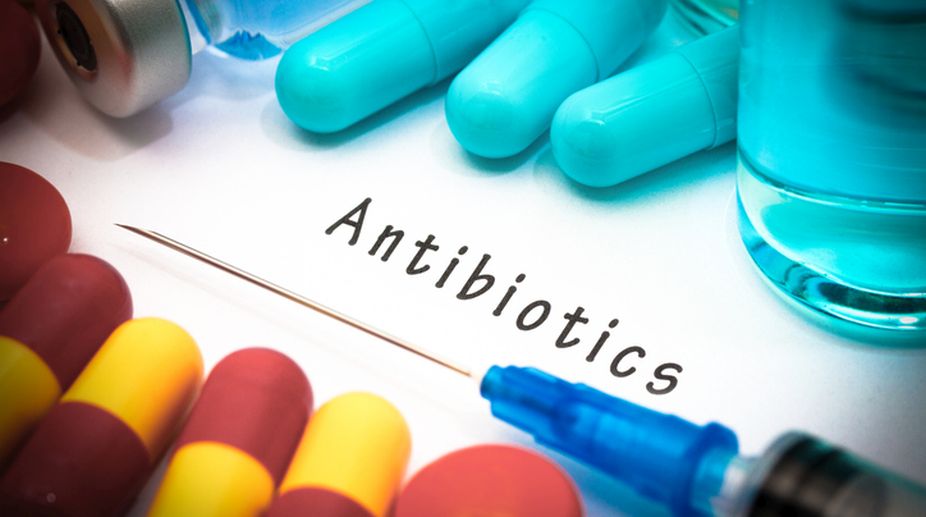India, second most populated country in the world, witnessed enormous gains in antibiotic use both overall and on a per capita gain basis.
A study conducted by Proceedings of the National Academy of Sciences (PNAS) revealed that between 2000 and 2015 human consumption of antibiotics in India more than doubled.
Advertisement
It was up from 3.2 billion defined daily doses (DDD) in 2000 to 6.5 billion in 2015. This reflects increasing economic growth and more access to antibiotics in both the public and private sectors.
Misuse and overuse of antibiotics have made once easily treatable bacterial infections such as E coli, strep throat, pneumonia and tuberculosis harder and often impossible to cure because bacteria evolve rapidly to evade antibiotics, leading to drug resistance, the study added.
During the same period, the total global antibiotic consumption rose 65 per cent to an astounding 42 billion doses a year. The study also found that there was a dramatic rise in antibiotic use over the last 15 years in low and middle income countries.
Health experts worry about so much growth in antibiotic use in low and middle income countries because these drugs are often available there without a prescription. So the potential for misuse is high.
Also, poor sanitation in impoverished nations adds to the problem. If a superbug develops in a patient who only has access to an outhouse, that bug is far more likely to spread into the local water supply than if that patient had access to a toilet connected to a sewage treatment plant.
The antibiotic use was also up 79 per cent in China and 65 per cent in Pakistan. The survey also makes it clear that the average person in India, China or Pakistan is taking far more antibiotics now than they were a decade and half ago. However, western countries did not see the sharp rise in antibiotics but they also failed to cut overall consumption.
Rising incomes, over-the-counter sale, a poorly regulated private hospital sector, high rates of hospital infection, inexpensive antibiotics and frequent infectious disease outbreaks are driving consumption in India and other low- and middle-income countries.











